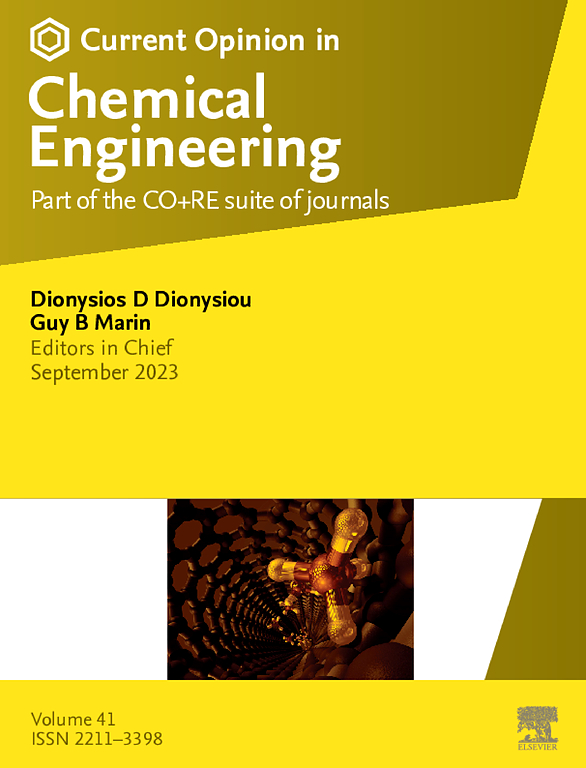Ionic liquids: a novel material for efficient nanofiltration membranes
IF 6.8
2区 工程技术
Q1 BIOTECHNOLOGY & APPLIED MICROBIOLOGY
引用次数: 0
Abstract
Ionic liquids (ILs) have recently emerged as a new membrane material for efficient separation. In this review, current achievements of nanofiltration (NF) membranes modified by ILs are highlighted. ILs, comprising cations and anions, possess excellent tunability of functionalized groups, high polarity, high chargeability, good antimicrobial properties, low vapor pressure, and eco-friendly characteristics, which can enhance the hydrophilicity and chargeability of the NF membrane, provide additional water transport channels and water transport efficiency, as well as improve the ion selectivity, antifouling, and antibacterial properties of the NF membrane for green and sustainable separation process. Meanwhile, the challenges and future research interests toward the interaction behavior between ILs and targeted substance, the regulation of membrane surface interface properties, the separation mechanism, and the inadequacies of s-based NF membranes are discussed.
离子液体:一种新型的高效纳滤膜材料
离子液体是近年来出现的一种新型高效分离膜材料。本文综述了近年来国内外对il修饰纳滤膜的研究进展。由阳离子和阴离子组成的离子偶联膜具有良好的官能团可调性、高极性、高电荷性、良好的抗菌性能、低蒸气压和环保特性,可增强纳滤膜的亲水性和电荷性,为纳滤膜提供额外的输水通道和输水效率,提高离子选择性、防污性、抗氧化性和抗氧化性。纳滤膜的抗菌性能,实现绿色可持续分离。同时,讨论了基于基的纳滤膜在il与靶物质相互作用行为、膜表面界面特性调控、分离机理以及存在的不足等方面面临的挑战和未来的研究方向。
本文章由计算机程序翻译,如有差异,请以英文原文为准。
求助全文
约1分钟内获得全文
求助全文
来源期刊

Current Opinion in Chemical Engineering
BIOTECHNOLOGY & APPLIED MICROBIOLOGYENGINE-ENGINEERING, CHEMICAL
CiteScore
12.80
自引率
3.00%
发文量
114
期刊介绍:
Current Opinion in Chemical Engineering is devoted to bringing forth short and focused review articles written by experts on current advances in different areas of chemical engineering. Only invited review articles will be published.
The goals of each review article in Current Opinion in Chemical Engineering are:
1. To acquaint the reader/researcher with the most important recent papers in the given topic.
2. To provide the reader with the views/opinions of the expert in each topic.
The reviews are short (about 2500 words or 5-10 printed pages with figures) and serve as an invaluable source of information for researchers, teachers, professionals and students. The reviews also aim to stimulate exchange of ideas among experts.
Themed sections:
Each review will focus on particular aspects of one of the following themed sections of chemical engineering:
1. Nanotechnology
2. Energy and environmental engineering
3. Biotechnology and bioprocess engineering
4. Biological engineering (covering tissue engineering, regenerative medicine, drug delivery)
5. Separation engineering (covering membrane technologies, adsorbents, desalination, distillation etc.)
6. Materials engineering (covering biomaterials, inorganic especially ceramic materials, nanostructured materials).
7. Process systems engineering
8. Reaction engineering and catalysis.
 求助内容:
求助内容: 应助结果提醒方式:
应助结果提醒方式:


